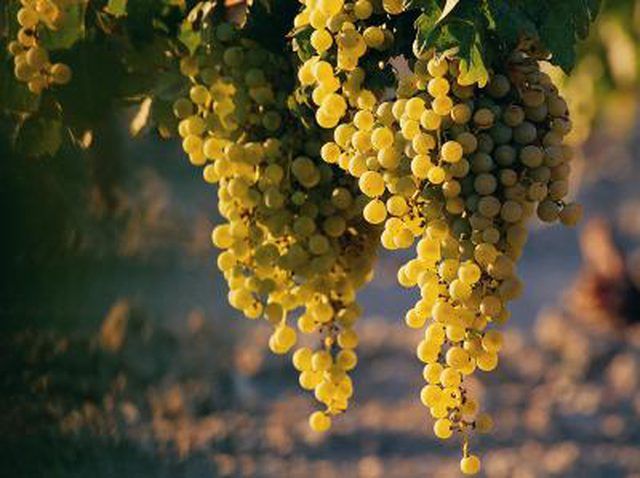Bulbs
Flower Basics
Flower Beds & Specialty Gardens
Flower Garden
Garden Furniture
Garden Gnomes
Garden Seeds
Garden Sheds
Garden Statues
Garden Tools & Supplies
Gardening Basics
Green & Organic
Groundcovers & Vines
Growing Annuals
Growing Basil
Growing Beans
Growing Berries
Growing Blueberries
Growing Cactus
Growing Corn
Growing Cotton
Growing Edibles
Growing Flowers
Growing Garlic
Growing Grapes
Growing Grass
Growing Herbs
Growing Jasmine
Growing Mint
Growing Mushrooms
Orchids
Growing Peanuts
Growing Perennials
Growing Plants
Growing Rosemary
Growing Roses
Growing Strawberries
Growing Sunflowers
Growing Thyme
Growing Tomatoes
Growing Tulips
Growing Vegetables
Herb Basics
Herb Garden
Indoor Growing
Landscaping Basics
Landscaping Patios
Landscaping Plants
Landscaping Shrubs
Landscaping Trees
Landscaping Walks & Pathways
Lawn Basics
Lawn Maintenance
Lawn Mowers
Lawn Ornaments
Lawn Planting
Lawn Tools
Outdoor Growing
Overall Landscape Planning
Pests, Weeds & Problems
Plant Basics
Rock Garden
Rose Garden
Shrubs
Soil
Specialty Gardens
Trees
Vegetable Garden
Yard Maintenance
How to Stop Mold or Mildew on Grapes
How to Stop Mold or Mildew on Grapes. Whether you grow grapes (Vitis spp.) for fruit or wine, you've taken on a challenge. Depending on variety, grapes are tough enough to weather winter cold and summer heat in U.S. Department of Agriculture plant hardiness zone 2 through 10. But that toughness doesn't protect them from a trio of mold- or...

Whether you grow grapes (Vitis spp.) for fruit or wine, you've taken on a challenge. Depending on variety, grapes are tough enough to weather winter cold and summer heat in U.S. Department of Agriculture plant hardiness zone 2 through 10. But that toughness doesn't protect them from a trio of mold- or mildew-causing fungi. Each produces its own symptoms, and stopping the one affecting your plants is essential to sparing your harvest.
Gray Mold
Wind spreads gray mold, or Botrytis bunch rot, to a grapevine's new shoots during wet spring weather. Brown, water-soaked areas on the young leaves and flowers signal an infection. As the infection girdles the shoots, they wilt and die. The spores move from dead flower parts into the developing grapes and feed on their sugar. By midsummer, it splits the grapes' skins and spreads to uninfected ones. That fruit soon shrivels and develops a covering of fuzzy, grayish-brown mold.
Cultural Gray Mold Management
On a dry, late fall or winter day, prune dried fruit from the dormant vines and rake potentially infected plant debris from the soil. Use clean, sharp pruning tools sanitized between cuts in a solution of 1 part household bleach to 9 parts water. Disinfect the tools and rake with the same solution after you finish, and dispose if the removed material in sealed plastic bags. During the growing season, water early in the morning so the vines dry quickly, and avoid wetting the leaves and fruit. Don't water unnecessarily. To improve air circulation, remove leaves and lateral, or side, shoots from around the new fruit clusters as soon as the flowers fade. Prune the leaves and shoots leaf node above, one leaf node below and on the opposite side of the cane from each cluster.
Organic Gray Mold Fungicide
Consider spraying your grapes with ready-to-use Bacillus subtilis QST 713 fungicide. Safe for use up to the day of harvest, it kills gray mold without harming bees or other beneficial insects. The spray is effective between 45 and 115 degrees Fahrenheit. As soon as you see symptoms, spray the shoots, stems and leaves until all their surfaces drip. Repeat weekly, or at the brand's specified intervals, while conditions favor the disease. Wear protective clothing, including safety goggles and a respiratory mask, and follow the label directions when spraying.
Downy and Powdery Mildews
Powdery mildew surfaces as red blotches on dormant grape vine canes. During the growing season, it forms powdery, grayish-white patches on the leaves and fruit. Downy mildew causes oily, yellowish, reddish or brown spots on the new leaves' upper surfaces, accompanied by white, fluffy spores on their undersides. Serious infections may kill the young leaves, flowers and tendrils. The disease also covers young grapes with fuzzy, grayish spores, but older ones are less susceptible to infection.
Organic Mildew Control
Research done in 2002 at Australia's University of Adelaide Department of Applied and Molecular Ecology showed that a weekly spray of 1 part skim milk to 9 parts water reduced powdery mildew symptoms on grapes by 90 percent. To stop downy mildew, tweak the milk spray by using whole milk instead of skim, and add 1/2 tablespoon of baking soda -- sodium bicarbonate -- per 1 quart of spray. Spray the vines in the early morning as soon as the symptoms appear, and repeat every four days until they subside. The fat in the whole milk adheres to the leaves, and the baking soda supposedly collapses the fungus' cellular walls.